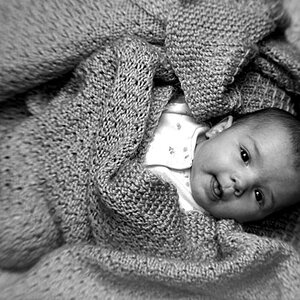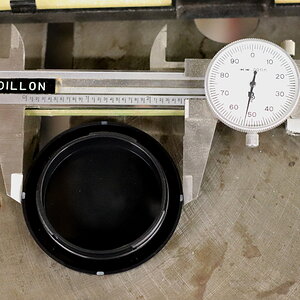jowensphoto
Been spending a lot of time on here!
- Joined
- Feb 28, 2011
- Messages
- 2,981
- Reaction score
- 899
- Location
- Northern Viriginia, US
- Can others edit my Photos
- Photos NOT OK to edit
Not sure if this has already been addressed but I thought I'd throw it out there...
Photoshop is certainly the most widely used PP program, but it seems like there's a lot of GIMPers on here too. It's not hard to Google "GIMP tutorials" or videos, but a lot of them are in other languages. Some of the ones in English are just not clear and hard to understand.
I've been able to post a GIMP subject in different forums and get responses, but I think the forum could really benefit for a GIMP sub-forum, perhaps located by the PS one.
Photoshop is certainly the most widely used PP program, but it seems like there's a lot of GIMPers on here too. It's not hard to Google "GIMP tutorials" or videos, but a lot of them are in other languages. Some of the ones in English are just not clear and hard to understand.
I've been able to post a GIMP subject in different forums and get responses, but I think the forum could really benefit for a GIMP sub-forum, perhaps located by the PS one.





![[No title]](/data/xfmg/thumbnail/31/31038-84f0b9d14b7ced20e61bc19a9d4dfcc2.jpg?1619734581)

![[No title]](/data/xfmg/thumbnail/39/39498-362f11d9bfd0d9e222faa85b38801745.jpg?1619739056)








